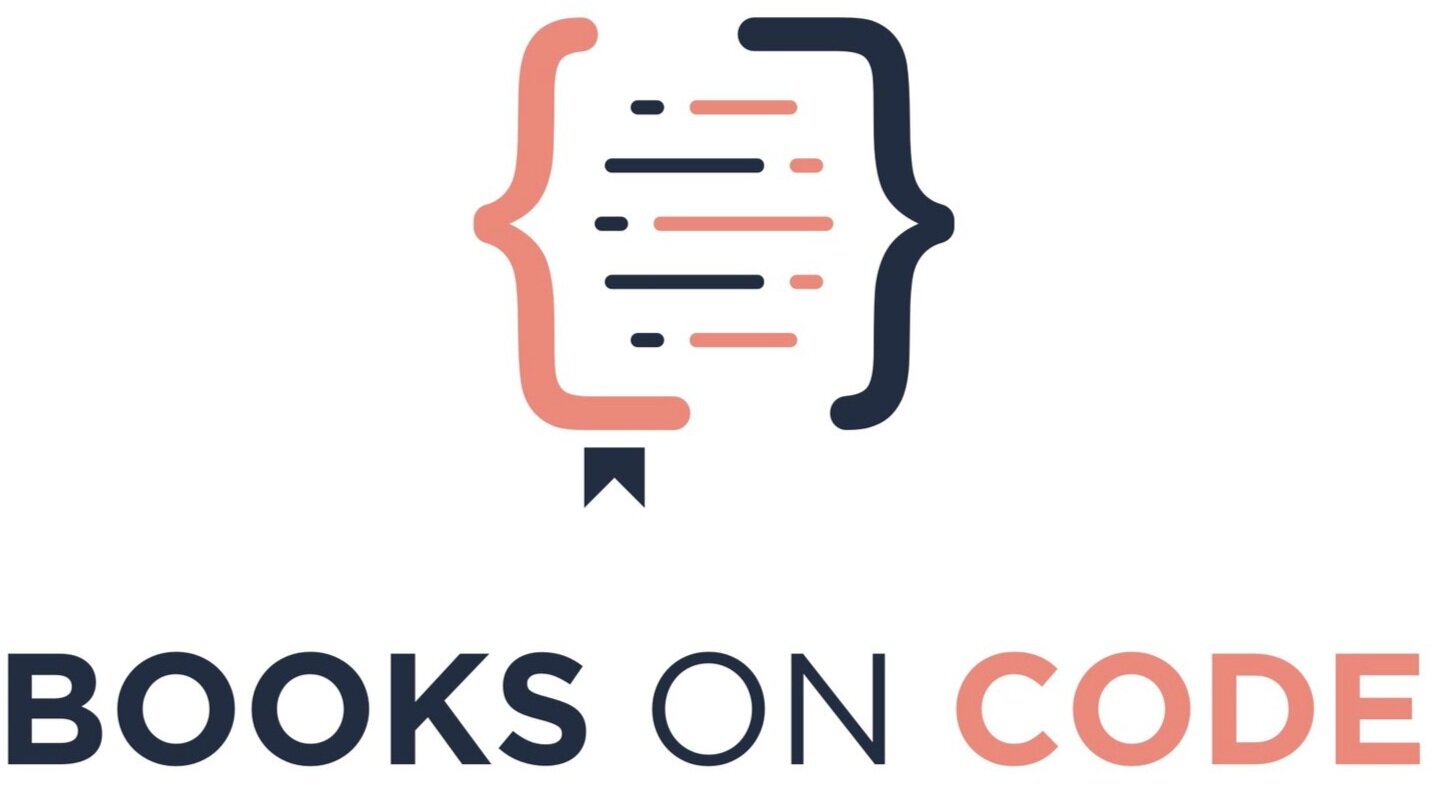5 Best Swift Books for Beginners in 2023
Swift is the language of choice for iPhones and other Apple products.
Swift is a compiled programming language that is created for iOS, tvOS, macOS, watchOS, and Linux apps. It was created by Apple using a modern approach for software design patterns and safety. Swift is an object-oriented, general-purpose, multi-paradigm, imperative, block-structured, and functional language.
In this article, we will be highlighting the best books to learn Swift Programming for beginners.
Why Learn Swift
Swift has quickly become the preferred way to develop apps for Apple devices. It took years to create Swift programming language and since its inception, it continues to evolve with new features and capabilities.
Learning Swift has the following benefits:
Easy-to-read: It is very easy to read or maintain. The English-like syntax makes it highly readable for novice programmers.
Fast: Very fast as compared to other popular programming languages, such as Objective-C and Python
Scalable: It is highly scalable and allows easily adding functionalities to the product and/or bringing in additional developers
Easy Code Sharing: Makes code sharing better and the development process faster when used for both frontend and backend development
Automatic Memory Management: Automatic memory management prevents memory leaks
Cross-Device Support: Swift has cross-device support
What Makes Best Swift Books?
There are a few things to look for that can help you sort through the innumerable Swift books on the market.
The following qualities make the best Swift programming books:
Offer multiple approaches to learning a topic, including hands-on exercises, source code, and detailed explanations.
Chapters are written in a well structured and well-organized way.
Contents are up-to-date and thoroughly explains the basic concepts of swift programming language.
The book is written in a concise and easy to understand language.
Best Swift Books for Beginners
Here are the top five books that can help beginners learn Swift Programming Language:
1. Best Book for Step-by-step Learners: Swift: A Step-by-Step Guide for Absolute Beginners
Swift: A Step-by-Step Guide for Absolute Beginners by Daniel Bell published in 2019 introduces the readers to the foundations of the Swift programming language.
The book explains the basics of Swift including writing comments, writing and running the first Swift program, Swift syntax, etc. The book will help you to:
Familiarize yourself with the basics of Swift programming language.
Equip you with Swift programming skills, both beginner and advanced skills.
Understand the difference between Swift and Objective-C.
Appreciate the power of Swift as a programming language for the development of mobile applications.
A step-by-step approach has been employed in every chapter for ease of understanding. The book discusses the concept of data types, variables, constants, loops, decision making, functions, operators, object-oriented programming features, etc. The contents covered in the book are:
Swift Basics
Swift Data Types
Swift Variables and Constants
Swift Operators
Decision Making
Swift Loops
Swift Functions
Swift Classes
Swift Methods
Swift Arrays
Swift Dictionary
Swift Sets
Swift Closures
If you want to learn Swift programming from scratch, this book is for you!
2. Best Book for Total Beginners: Sams Teach Yourself Swift in 24 Hours
Sams Teach Yourself Swift in 24 Hours by BJ Miller teach you how to build next-generation OS X and iOS apps with Apple’s Swift 2 programming language. The book has a straightforward and step-by-step approach that helps readers quickly master Swift 2’s core concepts, structure, and syntax and use Swift to write safe, powerful, modern code.
The book teaches through practical instructions, realistic examples, hands-on workshops, Q-and-As, quizzes, exercises, notes and tips, and more. The book is a series of 24 one-hour lessons. Every lesson builds on what you’ve already learned, giving you a rock-solid foundation for real-world success.
HOUR 1: Introducing the Swift Development Environment
HOUR 2: Learning Swift’s Fundamental Data Types
HOUR 3: Using Operators in Swift
HOUR 4: Working with Collection Types
HOUR 5: Controlling Program Flow with Conditionals
HOUR 6: Understanding Optional Values
HOUR 7: Iterating Code with Loops
HOUR 8: Using Functions to Perform Actions
HOUR 9: Understanding Higher-Order Functions and Closures
HOUR 10: Learning About Structs and Classes
HOUR 11: Implementing Class Inheritance
HOUR 12: Harnessing the Power of Enums
HOUR 13: Customizing Initializers of Classes, Structs, and Enums
HOUR 14: Digging Deeper with Properties
HOUR 15: Adding Advanced Type Functionality
HOUR 16: Understanding Memory Allocation and References
HOUR 17: Using Protocols to Define Behavior
HOUR 18: Using Extensions to Add Type Functionality
HOUR 19: Working with Optional Chaining
HOUR 20: Introducing Generics
HOUR 21: Understanding Protocol-Oriented Programming
HOUR 22: Handling Errors
HOUR 23: Adding Interoperability with Objective-C
HOUR 24: Functional Thinking in Swift
The book is easy to understand and includes plenty of screenshots and layouts to help the reader know what to do next. The table of contents is very easy to navigate. This book is indeed a great tutorial for beginners.
3. Best Book for Visual learners: Swift for Beginners (Develop and Design)
Swift for Beginners by Boisy G. Pitre accommodates the evolving features of this rapidly adopted language. The book guides you to write Swift code, using Playgrounds to instantly see the results of your work. It gives you a solid grounding in key Swift language concepts including variables, constants, types, arrays, and dictionaries.
The book is divided into eleven chapters and the contents covered are:
Chapter 1 introduces Swift
Chapter 2 guides you on working with Collections
Chapter 3 talks about Taking Control
Chapter 4 talks about Writing Functions and Closures
Chapter 5 talks about Organizing with Classes and Structures
Chapter 6 talks about Formalizing with Protocols and Extensions
Chapter 7 talks about Working with Xcode
Chapter 8 talks about Making a Better App
Chapter 9 talks about Going Mobile with Swift
Chapter 10 talks about Becoming an Expert
Chapter 11 talks about Heading Downhill
The book includes detailed instruction, ample illustrations, and clear examples. It teaches you best practices from an experienced Mac and iOS developer. The book emphasizes how to use Xcode, Playgrounds, and REPL.
If you are new to Swift, this book is for you.
The book is divided into eleven chapters and the contents covered are:
Chapter 1 introduces Swift
Chapter 2 guides you on working with Collections
Chapter 3 talks about Taking Control
Chapter 4 talks about Writing Functions and Closures
Chapter 5 talks about Organizing with Classes and Structures
Chapter 6 talks about Formalizing with Protocols and Extensions
Chapter 7 talks about Working with Xcode
Chapter 8 talks about Making a Better App
Chapter 9 talks about Going Mobile with Swift
Chapter 10 talks about Becoming an Expert
Chapter 11 talks about Heading Downhill
The book includes detailed instruction, ample illustrations, and clear examples. It teaches you best practices from an experienced Mac and iOS developer. The book emphasizes how to use Xcode, Playgrounds, and REPL.
If you are new to Swift, this book is for you.
More books you may like:
4. Best Book for Completionists: Swift in Depth
Swift in Depth by Tjeerd in 't Veen guides you concept by concept through the skills you need to build professional software for Apple platforms, such as iOS and Mac, and on the server with Linux. The book teaches you through numerous concrete examples, enlightening explanations, and engaging exercises. You'll learn powerful techniques like generics, efficient error handling, protocol-oriented programming, and advanced Swift patterns.
The book is divided into fifteen chapters and includes the following contents:
Chapter 1 Introduces Swift in depth
Chapter 2 covers Modeling data with enums
Chapter 3 talks about Writing cleaner properties
Chapter 4 guides you in making optionals second nature
Chapter 5 covers Demystifying initializers
Chapter 6 covers Effortless error handling
Chapter 7 covers Generics
Chapter 8 talks about putting the pro in protocol-oriented programming
Chapter 9 covers Iterators, sequences, and collections
Chapter 10 helps in understanding map, flatMap, and compactMap
Chapter 11 talks about Asynchronous error handling with Result
Chapter 12 covers Protocol extensions
Chapter 13 covers Swift patterns
Chapter 14 talks about Delivering quality Swift code
Chapter 15 guides you where to Swift from here
You just have to roll up your sleeves and learn Swift in depth.
5. Best Book for Serious Learners: Mastering Swift 5: Deep dive into the latest edition of the Swift programming language
Mastering Swift 5 by Jon Hoffman guides you to explore the key features of Swift 5, easily explained with complete sets of examples. This book will guide you to develop your expertise in the basics of the language and popular features such as concurrency, generics, and memory management.
This book is divided into eighteen chapters and the contents include:
Taking the First Steps with Swift
Learning about Variables, Constants, Strings, and Operators
Optional Types
Using Swift Collections
Control Flow
Functions
Classes, Structures, and Protocols
Using Protocols and Protocol Extensions
Protocol Oriented Design
Generics
Availability and Error Handling
Custom Subscripting
Working with Closures
Concurrency and Parallelism in Swift
Custom Types
Memory Management
Swift Formatting and Style Guider
Adopting Design Patterns in Swift
The book will also show you how to use and apply the concepts in your own projects. A basic understanding of Apple's tools will be beneficial but not mandatory. By the end of this book, you will have mastered the Swift 5 language and developed the skills you need to effectively use its features to build robust applications.
Other Ways to Learn Swift
I always recommend pairing your book with another learning resource, like an interactive or video course, for maximum absorption. I have some options for you — and some of them are free.
Other ways to learn Swift:
Codecademy: To learn Swift for free, I’m a huge advocate of Codecademy, which has a free, interactive beginner course on Swift to help you build muscle memory by writing real code. For more on Codecademy’s premium offerings, see my Codecademy Pro review.
Coursera: Coursera partnered with University of Toronto to offer the iOS App Development with Swift Specialization. It’s super beginner friendly, goes in-depth, and prepares you for a career in programming.
Udemy: Udemy offers iOS 13 & Swift 5 - The Complete iOS App Development Bootcamp, which is a highly-rated bestselling course with hours of video content walking through everything you need to learn Swift.
But don’t go yet! I have compiled over 70 free coding resources to help you on your learning journey as a beginner. I hope to see you over there, and thank you for reading this article. So glad to share the learning journey with you. 😊






